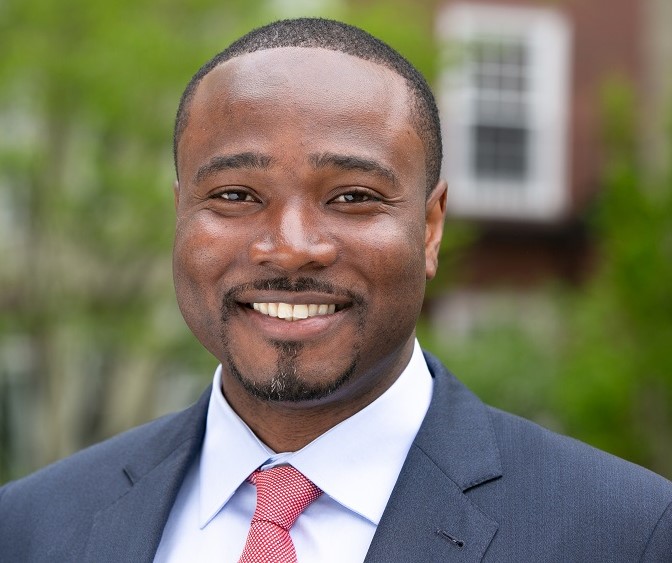In the recently published report, Scenarios for Future Global Growth, Charles Kenny and Zack Gehan forecast how the global economy will evolve by 2050. There’s good and bad news.
The good news is that, by their estimates, no country will be classified as low-income (currently defined as having a Gross National Income per capita of $1,085 or less) by 2050. In addition, “the end of extreme poverty [defined as those living on less than $2.15 a day] may finally be reached.” There’s other good news in the report, such as the forecast that more than 65% of the global population could be living on more than $10 a day, up from 42% today.
Unfortunately, however, as I read the paper, the subtle bad news outweighed the good.
First, many forecasts in the paper focused on poverty and poverty fighting institutions. The forecast, for instance, that the world might eradicate poverty by 2050 is good, but it speaks little of people actually living more prosperous lives. As we wrote in The Prosperity Paradox: How Innovation Can Lift Nations Out of Poverty, the end of poverty is not the same thing as–and certainly does not signal–the beginning of prosperity.
In addition, “extreme poverty” is a classification that experts in wealthy countries place on people living in poor countries. And although, economically speaking, it signifies the poorest of the poor, it does not provide much detail about the intensity of struggle and suffering relative to those not living in extreme poverty. In other words, what is the difference in suffering between someone living on $2.15 a day and someone living on $3.15?
Second, poverty numbers and other development indicators can improve, but that doesn’t mean lives are improving sustainably. Consider the situation in Afghanistan. While the United States and allies were in the country for roughly 20 years, many of the country’s development indicators were improving. Millions of children were getting an education, access to affordable healthcare was increasing, and gender equality and women’s rights were at the fore. Despite the many struggles in the country, Afghanistan seemed to be developing.
Then the United States pulled out.
Shortly after that happened, the economy crumbled and much of the gains Afghanistan had made over the past couple of decades began to reverse. My colleague, Michael Horn and I wrote about the situation here. Today, women have a hard time enrolling in school, healthcare infrastructure is severely lacking, and much of the gains from education are lost.
Afghanistan provides a simple but incredibly powerful lesson. Improvement of development indicators is not the same as sustainable improvement. We must look for the source of the improvement. The recent Legatum Prosperity Index report is insightful in this regard.
The report highlights the fact that, now more than ever, basic needs for most people in the world are being met. However, they are met due to the largesse of rich countries and their anti-poverty programs and not necessarily from the empowerment of people in poor countries. Much like what happened in Afghanistan, this sort of development is precarious at best. What happens when leaders in wealthy countries cut aid to poor ones?
Lastly, the forecasts in the report are possible “if everyone does the right thing,” according to Rathin Roy, managing director of ODI Institute, a global affairs thinktank. Roy goes on to say, “something you see for the last 100 years has been that people have not done the right things.” In essence, the report’s optimistic outcome is predicated on a somewhat unrealistic expectation of the future. And even then, hundreds of millions of people will remain poor.
What is the purpose of development? Is it simply to “eradicate extreme poverty” or is it to help people live more prosperous and productive lives? I believe it should be to help more people achieve prosperity. As a result, although fewer people living in extreme poverty is a good thing, it is not the best thing. It is not enough. And if we read this report and feel good about the state of the world in 2050, it might prevent us from doing the hard work necessary to truly help people achieve prosperity.
Achieving prosperity is possible, but it will only happen when prosperity becomes our focus. To do that, we must talk less about poverty.


